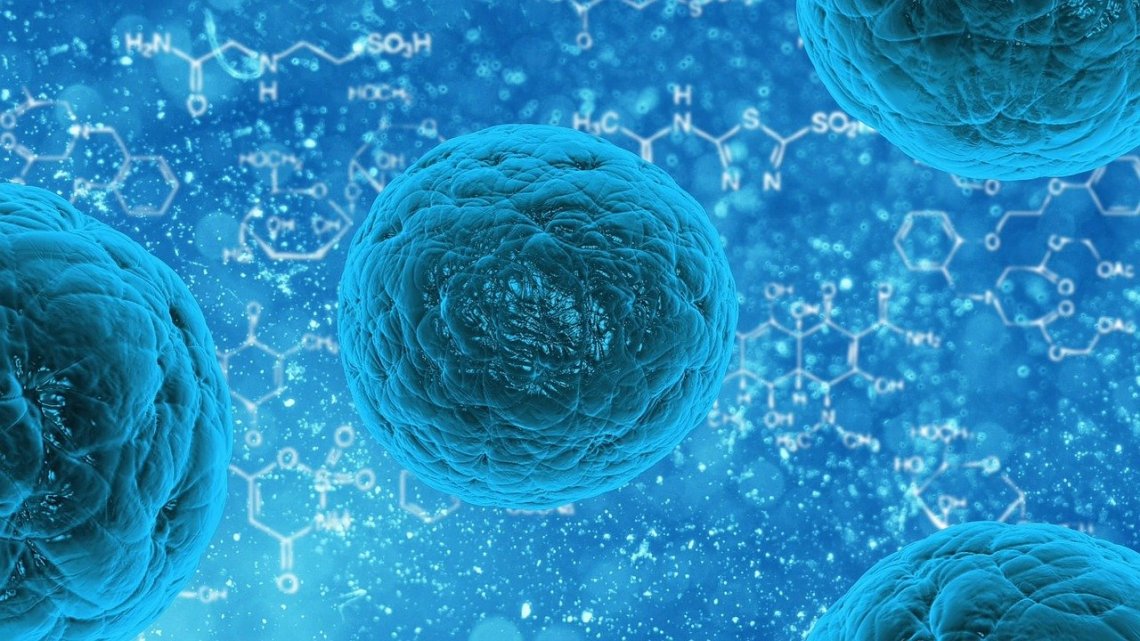A fundamental characteristic shared by cancer cells is the ability to replicate indefinitely—a process that is strongly influenced by epigenetic regulation.
What if we could turn off cancer cell immortality, returning them to their normal lifecycle with a limited replicative potential? It turns out, researchers may not be that far off. Drugs targeting the epigenetic mechanisms involved in cancer cell immortality are now in development and showing promise in the laboratory.
Somatic cells have a limited number of cell divisions, known as the Hayflick’s limit, which exists due to the shortening of the cell’s chromosomes. After each round of cell division, the ends of the chromosomes—called telomeres—shorten slightly, and eventually, will reach a critical length at which point cell division will cease. It is this limit that cancer stem cells—a subset of cancer cells which can self-renew, differentiate into defined progenies, and initiate and sustain tumour growth—must bypass to give rise to tumours.
Formation of cancer stem cells
To create cancer stem cells, somatic cells must gain mutations which first create cancer cells, and then further mutations which promote the acquisition of stem-like properties such as self-renewal. Alternatively, stem cells can gain properties such as uncontrolled proliferation. The gain of these properties results in the formation of a cancer stem cell, which must then be able to retain its stem-like properties to maintain the cancer.
Epigenetic factors such as the Polycomb group proteins contribute to the ability of cancer stem cells to self-renew by inhibiting the expression of tumour-suppressors. DNA methylation is downregulated at oncogenes, but is upregulated at tumour suppressors to inhibit their expression. Cellular signaling pathways can also disrupted, which can then affect stem-cell like characteristics of cancer cells.
Cancer stem cells must also evolve mechanisms to maintain their telomeres, and these mechanisms are promising therapeutic targets for cancer therapies. The most common method is the reactivation of the gene encoding the enzyme called telomerase, which repairs telomeres after each cell cycle. In non-cancerous somatic cells, the telomerase gene is epigenetically repressed, but how it is reactivated in cancers is not always clear.
Epigenetics of cancer cell self-renewal
Genes can be repressed by the stabilization of nucleosomes bound to their promoters, a reversable state allowing genes to be reactivated when needed. The linker histone protein H1.0 is important for the stabilization of nucleosomes bound to gene promoters., H1.0 also contributes to the repression of epigenetic modifiers, such as some Polycomb group proteins, which are involved in cancer cell self-renewal. Thus, H1.0 stabilizes epigenetic information by reducing histone turnover, and by helping regulate expression of epigenetic modifiers.
Self-renewing tumour cells frequently repress H1.0 expression, a trait commonly found in aggressive cancers independently of other mutations. H1.0 is targeted to many different promoters. Of particular interest are the AT-rich self-renewal related genes which, when H1.0 is repressed, are significantly upregulated, underlying why the repression of H1.0 can result in cancers with a high degree of self-renewal.
Targeting cancer cell self-renewal
Given the importance of H1.0 in regulating self-renewal genes, restoring H1.0 expression may help treat aggressive cancers displaying H1.0 repression. Recently, a drug screen was performed using over 4,000 known small molecules. Of these, 133 were found to re-induce H1.0 expression to some degree in human cancer cell lines. One of these molecules, Quisinostat, was tested on multiple distinct cancer cell lines and was found to produce the most consistent upregulation of H1.0 between different cancers.
Quisinostat impaired the proliferation of the cancer cells, long-term self-renewal and disease relapse in a mouse model. These results show promise for treating H1.0 negative cancers in human patients, as Quisinostat is a relatively safe therapeutic agent with characterized activity against melanomas and hepatocellular carcinomas, among other cancers.
While these studies are an exciting foray into the field of treating cancer cells by restoring epigenetic function, it is important to note that these results have not yet been replicated in human patients.

